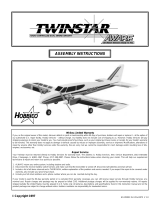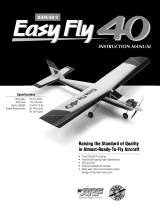-
I have read the assembly instructions for the RC Airplane DH-88 Comet. This document provides detailed guidance on each step of the assembly process including material-specific glue usage, servo installation, and shaping of the components. The manual also includes instructions for the maiden flight. I'm ready to help you with any questions about assembling and setting up this model airplane.
-
Which glue should be used for foam parts?
Which glue should be used for wood, carbon fiber, and metal parts?
What should be used to heat the heat shrinkable tube?
How should parts be removed from the plate?






























